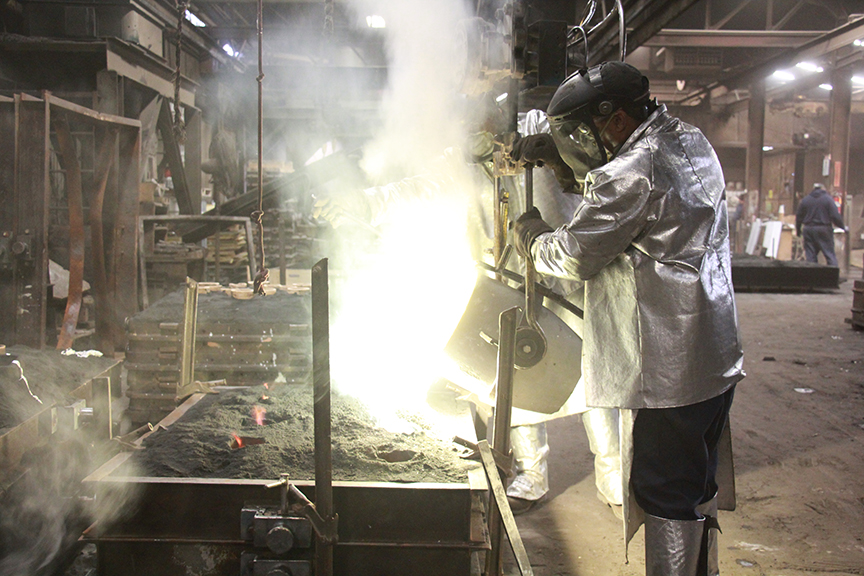Understanding the Labor Shortage
The American Foundry Society (AFS) reports that over 60% of foundries are experiencing critical skilled labor shortages. Many seasoned workers are reaching retirement age, and fewer younger individuals are entering the trades. Meanwhile, misconceptions persist that foundry work is “dirty, dangerous, and dead-end.” These outdated perceptions make it harder to appeal to new generations of workers — especially as competing industries tout high-tech environments, flexible hours, and rapid advancement.
At Meloon Foundries, we’ve seen firsthand how the nationwide labor shortage is reshaping the foundry landscape. As a family-owned business with over 80 years of heritage in sand casting aluminum and copper-based alloys, we know that our success depends not only on technical excellence, but on the people behind the pour. The current labor market has prompted us — and many others in the industry — to rethink traditional recruitment and workforce development strategies.
People-First Approach: Rethinking Workforce Strategy
Here are four strategies the industry might consider adopting to attract, train, and retain skilled workers:
1. Expand Hands-On Training and Upskilling Programs
Rather than relying on an ever-shrinking pool of experienced candidates, what if more foundries invested in robust training programs designed to bring new talent up to speed? On-the-job learning, modular training, and partnerships with local trade schools could open doors for those without prior casting experience. Cross-training workers in multiple areas could also increase agility and reduce bottlenecks across departments.
2. Create Structured Mentorship Programs
As older generations of skilled tradespeople retire, their knowledge must be preserved — not lost. Could the industry implement formal mentorship systems that pair veteran molders, machinists, and casters with newer hires? These relationships could foster faster learning, boost retention, and create a culture of shared responsibility and pride in craftsmanship.
3. Use Technology to Empower, Not Replace, Workers
Emerging automation and digital tools can reduce the physical demands of foundry work and improve process control — but they should be used to augment human skill, not eliminate it. Could we position technology as a way to create safer, more engaging jobs that appeal to younger tech-savvy workers? Combining traditional casting knowledge with modern manufacturing tools may be one of the most compelling ways to bridge the generational divide.
Let’s Keep the Conversation Going
What strategies has your company tried to address the skilled labor gap in our industry? Are there programs, incentives, or cultural shifts that have made a difference?
Share your thoughts or examples in the comments — we’d love to hear what’s working for others in the industry.



